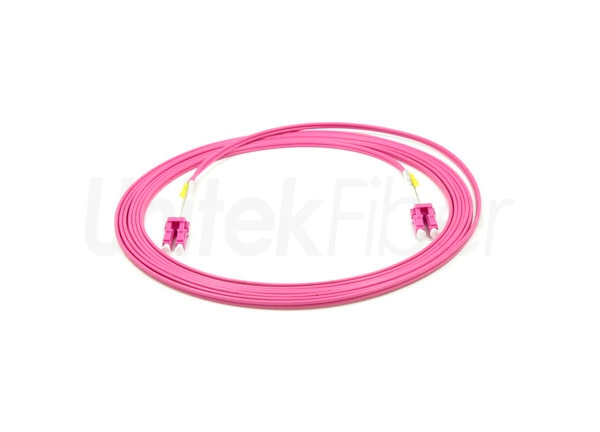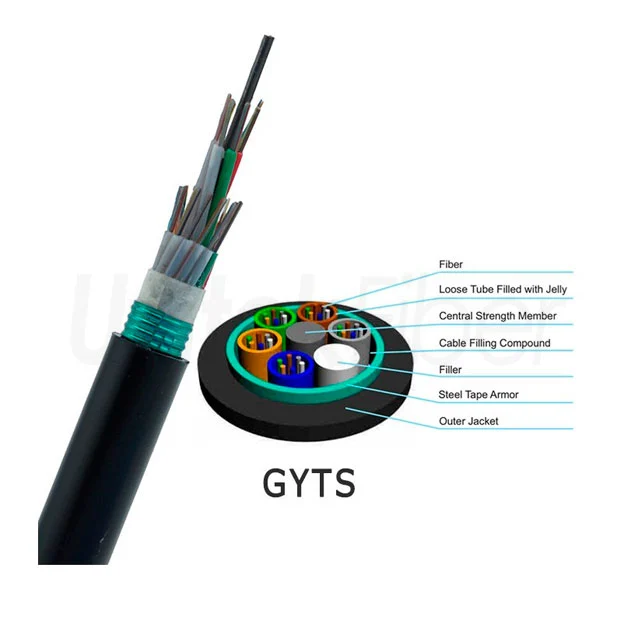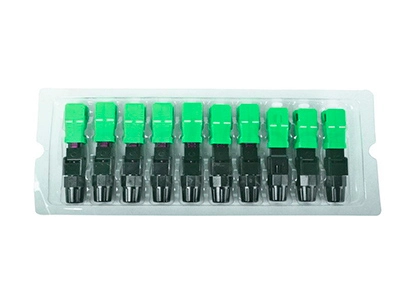
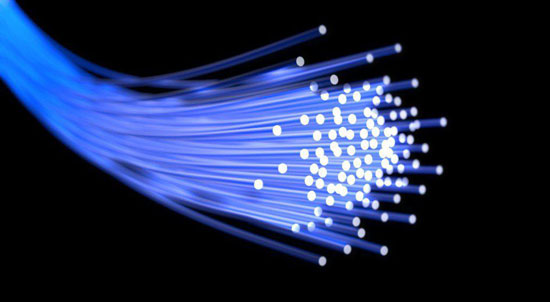
Fiber Optical cable is manufactured to meet optical, mechanical or environmental performance specifications. It is a communication cable assembly that uses one or more optical fibers placed in a sheath as a transmission medium and can be used individually or in groups.
Classification of optical fiber cables
Classified by transmission performance, distance and use: It can be divided into long-distance optical fiber cable, local telephone optical fiber cable, submarine optical fiber cable and user optical fiber cable.
According to the type of optical fiber: it can be divided into multi-mode optical fiber cable and single-mode optical fiber cable.
Classification according to optical fiber sheathing method: It can be divided into tight buffer tube fiber cable, loose tube fiber cable, bundle tube optical cable and ribbon multi-core unit optical cable.
Classification by laying method: Optical cables can be divided into pipeline fiber optical cables, direct buried optical cables, overhead fiber cables and underwater fiber cables.
Classified by the properties of the sheath material: fiber cables can be divided into polyethylene sheathed ordinary optical fiber cables, polyvinyl chloride sheathed flame-retardant optical cables, and nylon ant-proof and rodent-resistant optical cables
Classification by structure: Optical cables can be divided into flat structure optical cables, layer twisted structure optical cables, skeleton structure optical cables, armored structural cables and high-density user optical cables, etc.
Characteristics of optical fiber cable
Stranded structure optical cable
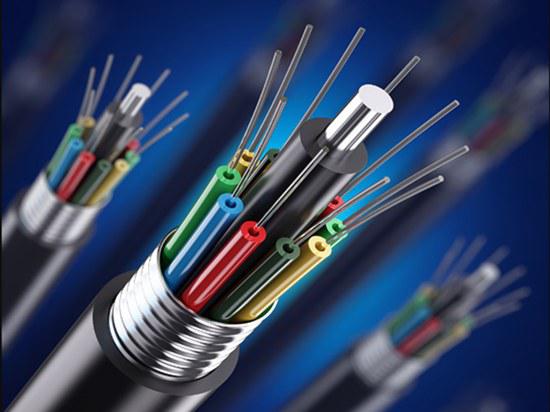
The layer-stranded optical cable structure is a round cable core composed of a plurality of secondary coated optical fiber loose tubes or tight buffer tubes twisted around a central metal/FPR reinforcing member. The cable core is longitudinally wrapped with a composite aluminum tape and extruded with a polyethylene inner sheath, and then the water blocking tape and the double-sided coated corrugated steel (aluminum) tape are added with a polyethylene outer sheath.
The stranded optical cable contains a large number of optical fibers, and the remaining length of the optical fiber in the optical cable is easy to control. The mechanical and environmental performance of the optical cable is good, and it is suitable for direct buried, pipeline and overhead. The disadvantages of the layer twisted cable structure are that the cable structure and process equipment are complicated, the production process is cumbersome, and the material consumption is high.
Bundle structure optical cable
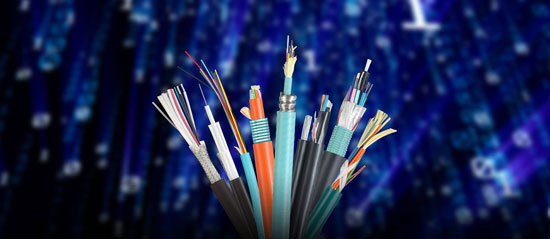
The central bundle tube optical fiber cable has a simple structure and a simple manufacturing process. The protection of the optical fiber is better than that of other cables, and it is resistant to side pressure, which improves the stability of network transmission. The bundle optical cable has a small cross section and light weight, which is especially suitable for overhead laying. The number of optical fibers is flexible. The disadvantage is that the number of optical fiberglass in the cable should not be too large (12 cores for separated optical fibers, 36 cores for optical fiber bundles, and 216 cores for optical fiber ribbons).
If you neen more information or support on fiber optical products, please don’t hesitate to contact us sales@unitekfiber.com, we will try our best to support you.

